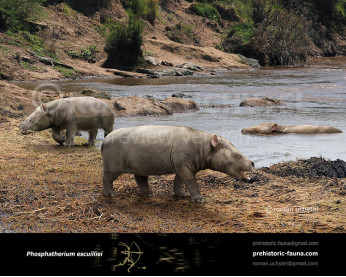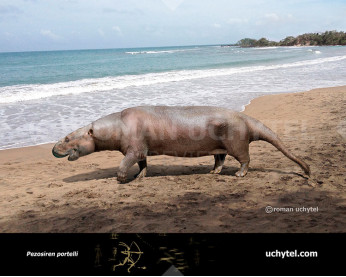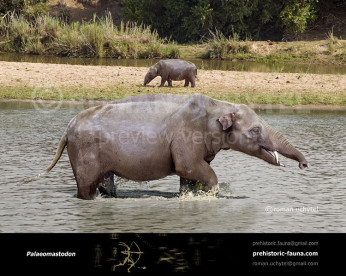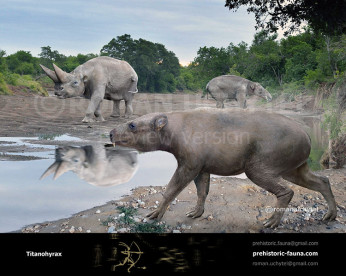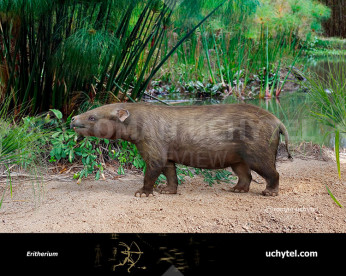Barytherium grave
147147Barytherium (Barytherium Andrews, 1901)
Order: Proboscidea
Family: Barytheriidae
Dimensions: length - 4 m, height - 1,8 m, weight - 2000 kg
Temporal range: during the late Eocene - early Oligocene epoch of North Africa
A typical representative: Barytherium grave Andrews,1901
Barytherium (meaning heavy beast) is a genus of an extinct family (Barytheriidae) of primitive proboscidean that lived during the late Eocene and early Oligocene in North Africa. The Barytheriidae were the first large size proboscideans to appear in the fossil records and were characterized by a strong sexual dimorphism. The only known species within this family is Barytherium grave, found at the beginning of the 20th century in the Fayum, Egypt. More complete specimens have been found since then, at Dor el Talha Libya and most recently at Aidum area in Oman. In some respects, these animals would have looked similar to a modern Asian Elephant, but with a more slender build. The most visible difference, however, would have been the tusks. Barytherium had eight very short tusks, four each in the upper and lower jaws, which resembled those of a modern hippopotamus more than those of an elephant. The upper pairs were vertical, while the lower pairs projected forwards from the mouth horizontally. Together, these would have created a shearing action for cropping plants
Barytherium (Barytherium Andrews, 1901)
Order: Proboscidea
Family: Barytheriidae
Dimensions: length - 4 m, height - 1,8 m, weight - 2000 kg
Temporal range: during the late Eocene - early Oligocene epoch of North Africa
A typical representative: Barytherium grave Andrews,1901
Barytherium (meaning heavy beast) is a genus of an extinct family (Barytheriidae) of primitive proboscidean that lived during the late Eocene and early Oligocene in North Africa. The Barytheriidae were the first large size proboscideans to appear in the fossil records and were characterized by a strong sexual dimorphism. The only known species within this family is Barytherium grave, found at the beginning of the 20th century in the Fayum, Egypt. More complete specimens have been found since then, at Dor el Talha Libya and most recently at Aidum area in Oman. In some respects, these animals would have looked similar to a modern Asian Elephant, but with a more slender build. The most visible difference, however, would have been the tusks. Barytherium had eight very short tusks, four each in the upper and lower jaws, which resembled those of a modern hippopotamus more than those of an elephant. The upper pairs were vertical, while the lower pairs projected forwards from the mouth horizontally. Together, these would have created a shearing action for cropping plants

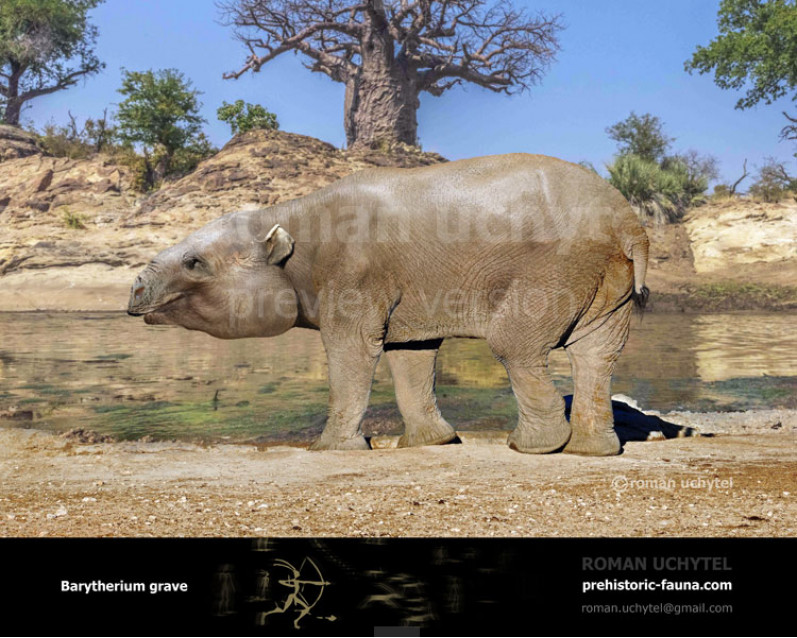
-797x638.jpg)
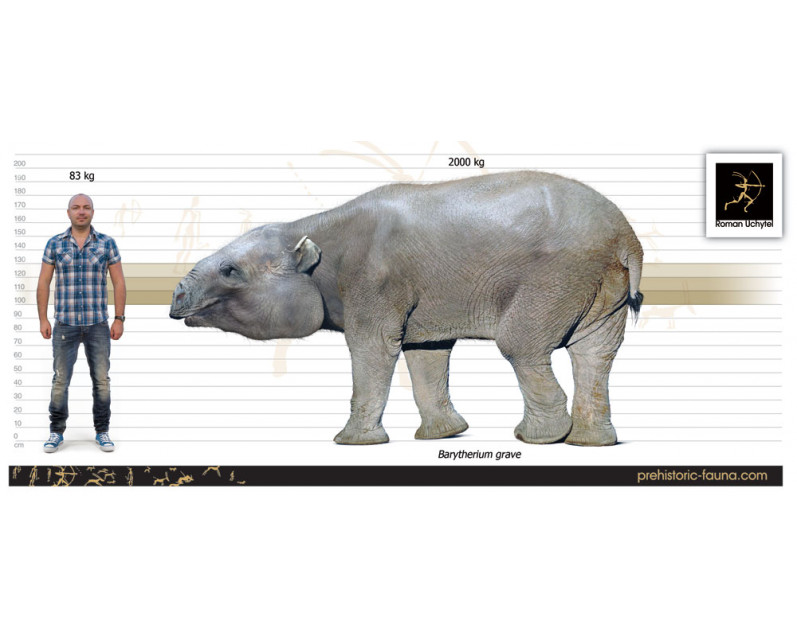

-70x56.jpg)

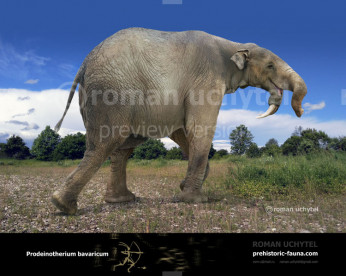
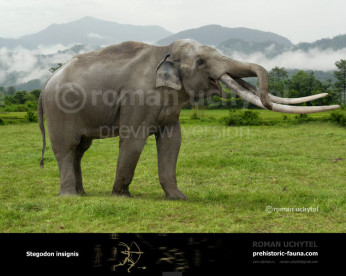
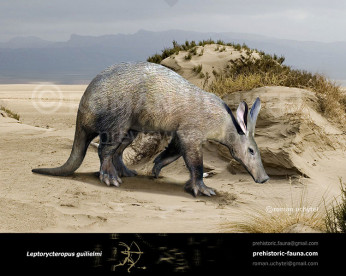
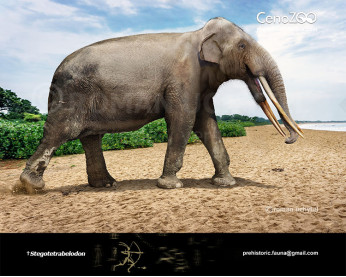
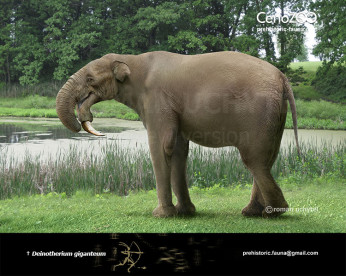
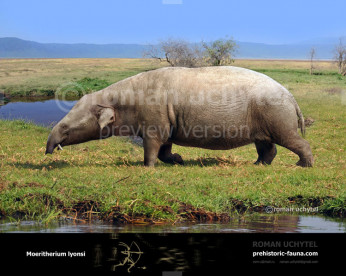
-346x277.jpg)
-346x277.jpg)
-346x277.jpg)
